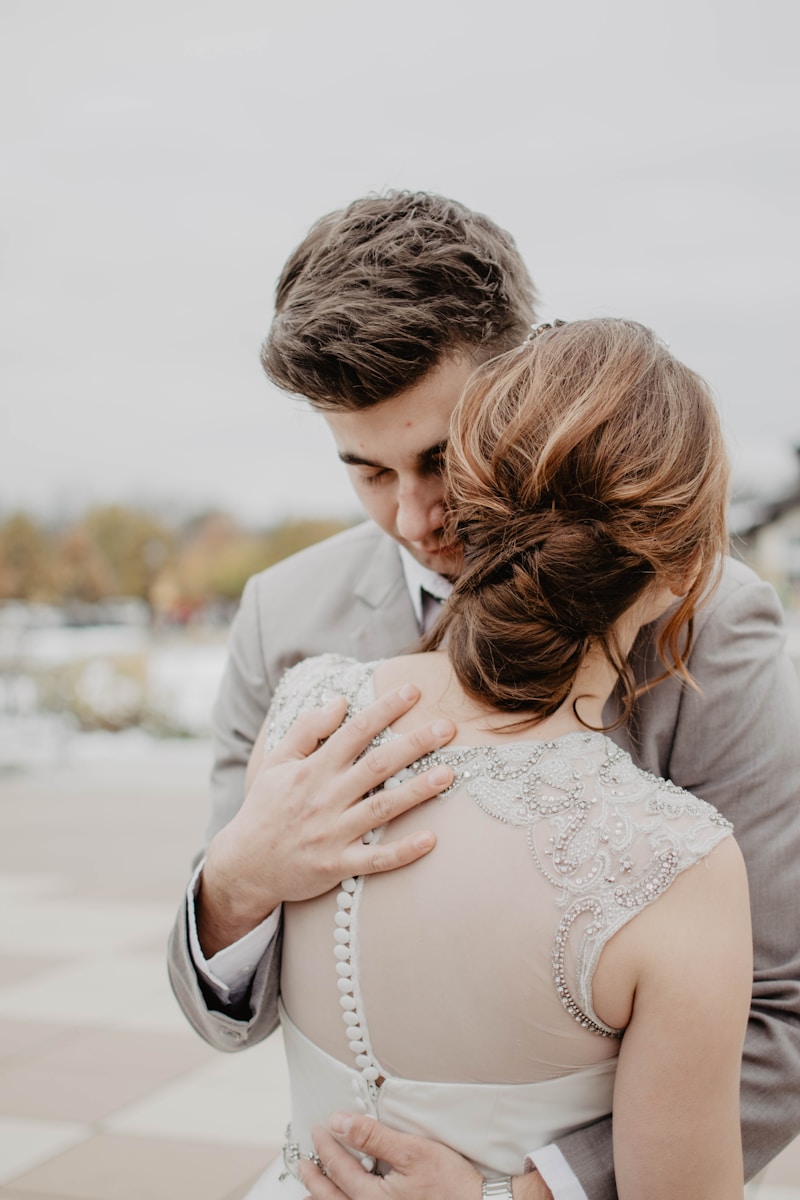Choosing the Right Fabric for Bridal Wear: A Comprehensive Guide
Introduction: The Importance of Fabric in Bridal Wear
When planning a wedding, every detail counts, and one of the most crucial elements of a bride's look is the fabric of her wedding dress. Choosing the right fabric for bridal wear can make or break the overall aesthetic, comfort, and functionality of the gown. This article will explore various fabrics, their properties, and tips on how to select the perfect material for your big day.
The Role of Fabric in Bridal Wear
Fabrics not only contribute to the style but also affect the comfort and movement of the bride throughout the wedding ceremony. The right fabric can enhance the fit of the gown, lend itself to different silhouettes, and ultimately impact how a bride feels on her special day. Here’s a look at some key factors to consider when selecting a fabric for your bridal wear:
| Factor | Description |
| Comfort | The fabric should feel good against the skin and allow for movement. |
| Seasonality | Different fabrics suit different seasons, aiding in temperature regulation. |
| Silhouette | The choice of fabric can influence how a dress hugs the body and its overall shape. |
| Maintenance | Consider how the fabric will hold up over time and its ease of cleaning. |
Popular Fabrics for Bridal Wear
There are several popular fabrics that brides typically choose for their wedding dresses. Each fabric has unique characteristics that may fit different styles and preferences.
1. Tulle
Tulle is a lightweight, sheer fabric often used for layering in skirts, veils, and overskirts. Its delicate nature can add volume to a design without excessive weight, making it perfect for romantic silhouettes.

2. Satin
Satin is a luxurious fabric known for its smooth, glossy surface. This fabric drapes beautifully, making it popular for form-fitting dresses. Its heavier weight makes it an excellent choice for cooler weather.
3. Chiffon
Chiffon is a soft, flowing fabric that offers a dreamy, ethereal look. It's lightweight and sheer, often used in more romantic styled gowns. However, it can require lining for opacity.
4. Lace
Lace adds a vintage touch and intricate detailing to bridal wear. Whether used as an overlay or a major component, lace can be captivating but can also increase the dress's maintenance needs.
5. Mikado
Mikado is a blend of silk and nylon, known for its structured and luxurious feel. It is often favored by brides seeking a gown with a fuller silhouette that retains its shape beautifully.
Choosing the Right Fabric Based on Season
When selecting a fabric for your bridal wear, the season of your wedding plays a significant role. Here are some recommendations tailored to different seasons:
Spring Weddings
For a spring wedding, lighter fabrics such as chiffon, tulle, and lace can be great options, as they allow for breathability and movement in moderate temperatures. Soft colors also tend to complement the bloom of spring.
Summer Weddings
In hot summer months, opt for breathable fabrics like cotton lace or lightweight satin to keep cool without sacrificing style. Flowy silhouettes can also enhance comfort and movement during outdoor ceremonies.
Fall Weddings
Fall is perfect for richer fabrics such as silk satin and Mikado that offer warmth and an elegant appearance. Deep, earthy tones resonate well with the seasonal colors and foliage.
Winter Weddings
For winter weddings, heavier fabrics like velvet or heavier satin can provide warmth and an air of luxury. Pairing these fabrics with long sleeves or full skirts can create a regal winter bridal gown.
Tips for Choosing the Right Fabric
Here are some tips to keep in mind when choosing the fabric for your bridal wear:
- Consider Fit: Ensure the fabric complements the style of the dress and fits your body type.
- Think About Wedding Location: Choose a fabric that suits the ambiance of your venue—beachy, formal, rustic, or modern.
- Test Movement: Don’t just look; try walking, sitting, and twirling in the dress to assess comfort.
- Get Sample Swatches: Feel different fabrics to see how they sit against your skin and match with your wedding palette.
Common Questions About Choosing Fabric for Bridal Wear
Brides often have many questions when it comes to selecting the right fabric. Here are some common queries:
- What fabric is best for a summer wedding dress? Lightweight fabrics like chiffon or cotton lace are ideal choices.
- Can I mix fabrics in my wedding dress? Yes, many designers creatively combine fabrics to add dimension and style to bridal wear.
- How do I care for different wedding dress fabrics? Always refer to specific care instructions for each fabric type, as maintenance varies significantly.
- Are some fabrics more expensive than others? Yes, fabrics like silk and satin tend to cost more due to their quality and luxury.
Conclusion: Finding Your Perfect Fabric
Choosing the right fabric for bridal wear is a decision that should not be taken lightly. The materials you select can greatly influence the overall impression, comfort, and practicality of your wedding gown. Considering factors like seasonality, silhouette, and personal comfort will guide you in making the best choice.
As you embark on this exciting journey, remember that the fabric you choose will play an integral role in how you feel on your special day. So, take your time, explore your options, and be sure to select fabric that truly resonates with your style and the wedding you envision. Happy gown hunting!